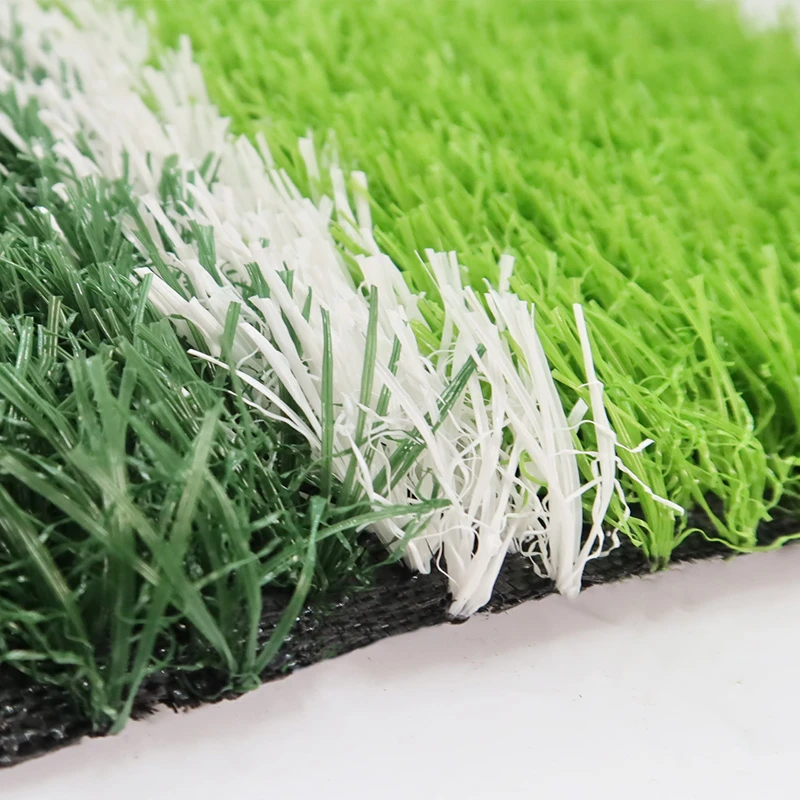
- Afrikaans
- Arabic
- Belarusian
- Bengali
- Czech
- Danish
- Dutch
- English
- Esperanto
- Estonian
- Finnish
- French
- German
- Greek
- Hindi
- Hungarian
- Icelandic
- Indonesian
- irish
- Italian
- Japanese
- kazakh
- Rwandese
- Korean
- Kyrgyz
- Lao
- Latin
- Latvian
- Malay
- Mongolian
- Myanmar
- Norwegian
- Persian
- Polish
- Portuguese
- Romanian
- Russian
- Serbian
- Spanish
- Swedish
- Tagalog
- Tajik
- Thai
- Turkish
- Turkmen
- Ukrainian
- Urdu
- Uighur
- Uzbek
- Vietnamese
Strategies for Maintaining alush and Healthy Putting Green for Golf Courses
Dec . 13, 2024 23:06 Back to list
The Importance of a Quality Putting Green Grass
When it comes to golf, the performance of a player on the green can often make or break a round. The putting green is more than just a patch of grass; it is a crucial element of the game that can significantly affect a golfer's performance and enjoyment. The type of grass used in putting greens influences the ball's roll, speed, and overall playing experience. This article will explore the various types of putting green grass, their characteristics, and their impact on the game.
Types of Putting Green Grass
There are several types of grass commonly used for putting greens, each with unique qualities that cater to different climates and playing styles. The most popular varieties include Bermuda grass, Bentgrass, and Zoysia grass.
Bermuda Grass is favored in warmer climates, as it thrives in heat and can withstand heavy foot traffic. This warm-season grass develops a dense, hardy turf that promotes excellent ball speed and smooth roll. Golfers often appreciate Bermuda grass for its resilience, making it ideal for public courses and bustling golf clubs. Additionally, Bermuda grass has a rapid growth rate, which allows for quick recovery after damage or excessive wear.
Bentgrass, on the other hand, is a cool-season grass that excels in northern climates. Its fine texture and dense growth pattern create a beautifully manicured surface that many golfers adore. Bentgrass provides a slower and more consistent roll, allowing for delicate putting techniques to be more effective. Due to its requirements for cooler temperatures and higher maintenance, Bentgrass is predominantly found on private courses and professional tournament greens.
Zoysia Grass is another option, known for its durability and adaptability. This grass type can handle both cooler and warmer environments, making it quite versatile. Zoysia grass offers a thicker cushion and a slower ball speed compared to Bermuda and Bentgrass. While it is not as commonly used for putting greens, many golfing enthusiasts appreciate its plush feel underfoot and its resistance to pests and diseases.
Maintenance of Putting Green Grass
putting green grass

Regardless of the type of grass selected, proper maintenance is essential for ensuring a high-quality putting green. Regular mowing, aeration, and fertilization play critical roles in maintaining healthy turf. Golf course superintendents often invest significant time and resources into their greens, utilizing specialized equipment to achieve the perfect height and density.
Mowing is particularly crucial for putting greens, as the height of the grass can affect ball speed and the quality of the roll. Most greens are mowed to a height of around 1/8 to 1/4 inch, which allows for the smooth interaction between the club and the ball. Aeration, or puncturing the turf with holes, helps alleviate soil compaction, promoting healthier root growth and improving water penetration.
Fertilization provides the nutrients necessary for optimal growth, and selecting the right blend is essential to avoid issues such as excessive thatch or disease. Course managers often consult with agronomists to develop customized fertilization plans tailored to their specific grass type and environmental conditions.
The Role of Putting Green Grass in Golfing Experience
A well-maintained putting green can elevate the overall golfing experience, making it more enjoyable for amateurs and professionals alike. When players encounter smooth, fast greens, they can focus on their putting technique rather than being hindered by poor turf conditions. This can lead to improved performance, increased confidence, and ultimately greater satisfaction on the course.
Additionally, the appearance of the putting green adds to the aesthetic appeal of a golf course. The lush, vibrant green of healthy grass creates a picturesque landscape, contributing to the ambiance and overall enjoyment of the game.
In conclusion, the choice of putting green grass plays a pivotal role in the success of golfers on the course. Understanding the characteristics of different grass types, coupled with proper maintenance practices, can lead to a superior putting surface that enhances both performance and enjoyment. As golfers continue to seek out better experiences, the importance of quality putting green grass will remain a focal point in the evolution of the game. Whether you are a seasoned pro or a weekend warrior, appreciating the subtle nuances of your putting green can elevate your love for the sport even further.
-
The Benefits of Artificial Turf for Indoors
NewsJul.15,2025
-
How Artificial Grass Suppliers Ensure Quality Products
NewsJul.15,2025
-
Artificial Grass and Pets: A Space for Relaxation
NewsJul.08,2025
-
Balcony & Outdoor Decoration with Artificial Grass
NewsJul.08,2025
-
Best Indoor Artificial Grass for Home
NewsJul.07,2025
-
Best Pet Turf for Dogs: Safe & Durable Artificial Grass Options
NewsJul.07,2025
Products categories









